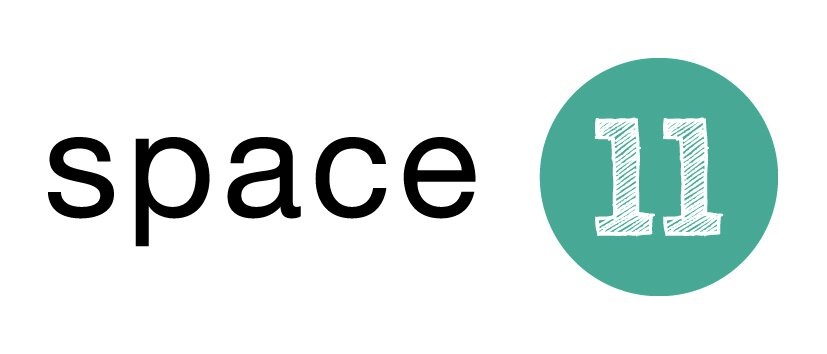In his book “Blink”, Malcolm Gladwell described the physical effects of intense stress on individuals in scenarios like professional sports, traffic accidents, and being shot at.
At low levels of stress we undergo a helpful state of “arousal” where the heart rate increases and performance is enhanced. As stress levels raise further, over-arousal starts turning off information to the brain leading to “mind blindness”. Eventually the human body reacts by switching it’s resources to survival mode. This evokes autistic like tunnel vision and ultimately the body just shuts down functions as all energies are focused on the emergency at hand - staying alive.
If you speak to someone who’s been involved in a car crash they will often recall how they experienced heightened awareness as time slowed down approaching the moment of impact. In the case of one police testimonial in Gladwell’s book, he claimed he could actually see the bullet traveling from his gun as he shot an armed assailant, something that is considered impossible for the human eye to register. Conversely in the case of British long distance runner Paula Radcliffe, as a result of pushing herself to win the race, her body just shut down some of her, ahem, “non running” functions.
Shopping is stressful
Though not a war zone, shopping is emotional and choc full of stress. Of course there are examples where it’s pure entertainment and an enjoyable past time. However for most people and in most situations there is stress and pressure. Just look at the ingredients:
Your baggage
Objectives – You’re tasked with buying something you need to get.
Time pressure – The clock is ticking and time is running out.
Money – You earned those pennies so spending them is emotional.
The environment
Crowds – A guaranteed stress raiser.
Queues – Compounding your time issues.
Sales & service – Often more hindrance than help.
Choice fatigue – Making your mind up takes concentration.
Information overload – Communication noise & visual bombardment.
Why is stress a problem in retail?
It sounds like stress can transform us into super beings, able to slow down time and concentrate clearly? – True, but these superpowers are in the form of a narrowed bandwidth of focus aimed at surviving the ordeal.
For most people this manifests itself as a tunnel vision that blocks out anything outside “Getting What We Came For and Leaving Quickly” or sometimes just “Leaving Quickly”. For the retailer this means shoppers don’t read in-store communication and don’t browse or interact with product promotions when they should.
..and this leads to lost sales.
Whilst retailers can do less to affect the issues of time and money (short of dropping prices), each of the above environmental issues (and more) are entirely within their ability to control. Clarity around brand is one thing but the store environment needs to address the cause of customer stress if it is to be an effective retail business. Getting this right involves understanding the different ways stress manifests itself in shoppers at different stages in the customer journey, this involves paying attention to customers.
A little arousal is good. Anything more reduces customer engagement and retail performance.
Observing customers
A former supermarket client hadn't considered what shoppers were going through on entry to their stores. This was where the store chose to advertise their Personal Finance products. Tracker Data showed customers didn’t recall the campaign at all, which was odd given there was a huge billboard size poster greeting customers as they entered and this was thought of as prime advertising real estate. So we were told the problem was our design needed to be more powerful…mmm
As the campaign was designed around the available advertising spots in store, we went back and suggested studying customer behaviour in each area and then cross reference this against tracker data.
The results highlighted that shoppers were just too stressed on entry to notice the poster.
Customers arrived quickly from the car park to a different light level while trying to get their bearings. They usually looked past the entrance area to identify the first categories, often drawn by the fresh produce display. Already they were juggling tasks and moving quickly with a gaining crowd. On top of this there was an assault of visual noise & communication: “brand re-enforcement”, “store promotions”, “way finding” and of course “advertising”.
The effect was that customers just blocked it all out in order to successfully decompress to the new surroundings and locate the first categories on their list. By this time they’d passed the poster.
With this insight the client abandoned advertising at the entrance and all resources were moved to the checkout area where customers were able to focus on the messages, having shopped, slowed down and opened their eyes again. The entrance was then re-designed to create a calm space so customers decompress quicker and start shopping earlier. Funnily enough our creative then seemed to be quite effective.

